Heritage aluminium windows alter building materials and architectural design by fusing contemporary technologies with traditional beauty. They provide sustainability, performance, and durability while maintaining the allure of old buildings. Heritage aluminium windows have their origins in the 16th century, when traditional homes employed timber frames to add cosiness and authenticity. This adventure has revolutionised historic restoration and window manufacture. The combination of current technology and history is demonstrated by heritage aluminium windows.
Early aluminium windows, however, drew criticism for their industrial look, which contrasted with the delicate dimensions and designs of traditional structures. Their large frames, lack of original details, hefty profiles, and restricted production skills made them unsuitable for historic homes. Furthermore, they were more energy-intensive than timber windows because of moisture and heat loss brought on by their low thermal efficiency due to high conductivity. The performance and aesthetic problems of early aluminium goods gave rise to heritage aluminium windows. These days, windows have period-appropriate glazing bars, elaborate mouldings, and genuine sightlines. Thanks to developments in powder painting technology, frames may now be completed with textures and colours that are historically authentic.
Heritage aluminium windows give an aesthetically pleasing appearance together with exceptional durability, durability, and energy efficiency by fusing heritage with contemporary functionality. While contemporary gaskets, sealants, and multi-point locking mechanisms improve security and weathertightness, these windows preserve the thin frame profiles of historic windows. They lessen the carbon footprint related to window manufacture and support the ideas of the circular economy. To improve insulation and maintain beauty, innovations such as custom profiles and slimline triple or double glazing units have been created.
In the repair and reconstruction of ancient structures, such as Georgian townhouses, Victorian villas, and expansive public buildings, heritage aluminium windows are increasing in popularity. Architects and conservationists may better integrate modern functionality with a building’s character thanks to these windows. With research into smart glazing, sophisticated coatings, and integrated sensors that allow windows to react dynamically to environmental conditions, the future of historical aluminium windows offers even more innovation and improvement. For more elaborate details, digital manufacturing methods like 3D printing and custom craftsmanship are also being investigated. This architectural triumph honours the past while laying the groundwork for a more intelligent and elegant window design in the future.

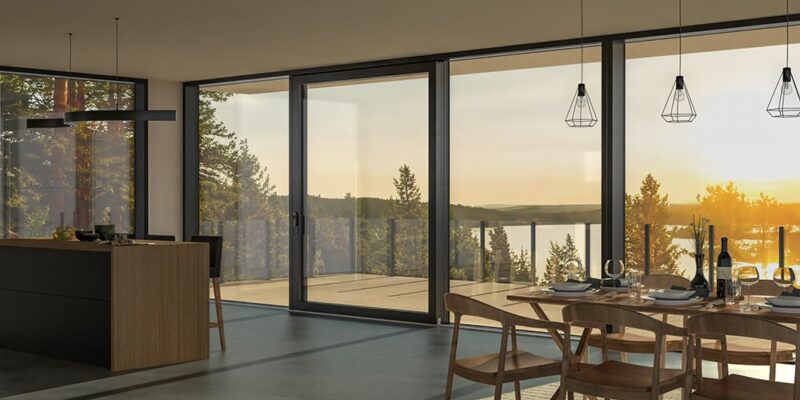


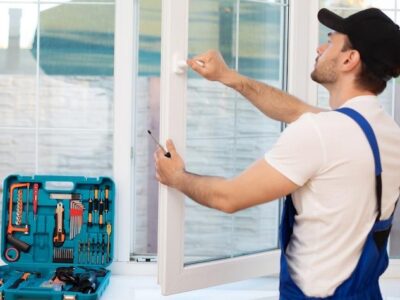
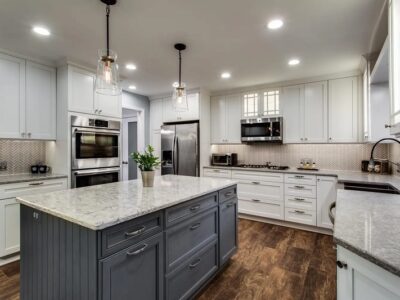

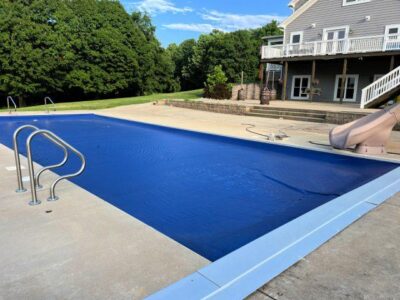
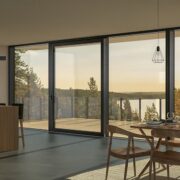




Comments